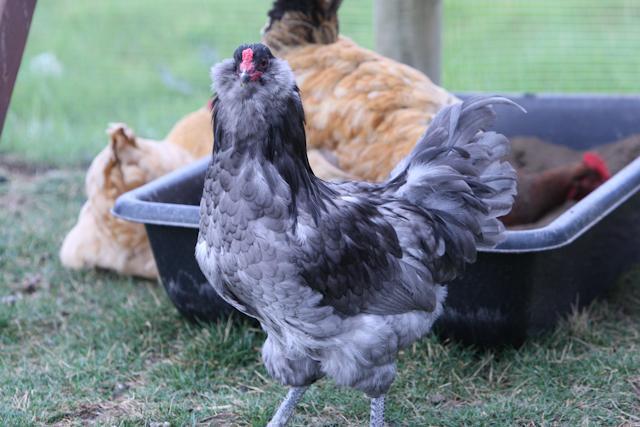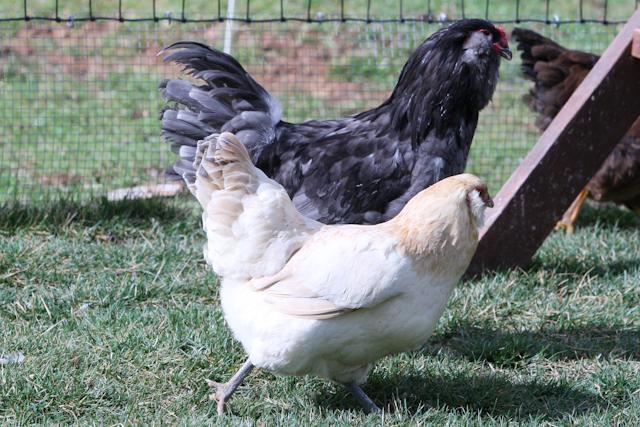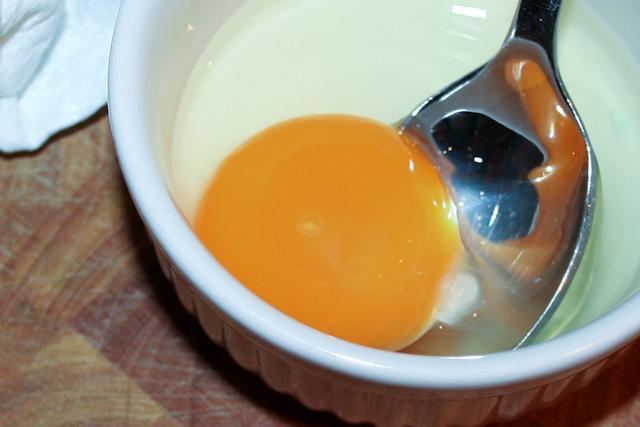- May 30, 2009
- 317
- 4
- 113
Thanks Mary,
Some say that things as simple as providing guests and visitors with shoes or boots to traverse your chicken areas is the easiest and best way to implement Bio Security ..... whew that is such a political sounding term these days
 ahhhh well sit back and enjoy a cup of coffee and watch my little Icelandic Bio diversity contribution in my yards!
ahhhh well sit back and enjoy a cup of coffee and watch my little Icelandic Bio diversity contribution in my yards!

It sure is a beautiful day here, WARM, thank the Lord, and overcast slightly, all the Icelandics are happy! Soon the trees will be greening, the Irises, lillies, and other flowers will greet us with declarations of renewed life.... I'm getting two hives of bees this year to help preserve the local stock as our National bee population is declining at an alarming rate. We are working on a different approach to management, avoiding treating mites chemically we are developing smaller circular entrance holes that the bees have crawl through, scraping off the larger mites. We have been experimenting and the old bottom opening allows a larger number of bees in and out quickly so we have developed a longer row of these small entrances. After a few months the mites large enough to reproduce are all eliminated and there is no resident population of mites. We are also using the Kenyan long hive model which is more like what the bees find in nature as opposed to the square smooth walled boxes we see in the fields. More fun!
Well, everyone have a great day!
Andy in Fredericksburg

Some say that things as simple as providing guests and visitors with shoes or boots to traverse your chicken areas is the easiest and best way to implement Bio Security ..... whew that is such a political sounding term these days


It sure is a beautiful day here, WARM, thank the Lord, and overcast slightly, all the Icelandics are happy! Soon the trees will be greening, the Irises, lillies, and other flowers will greet us with declarations of renewed life.... I'm getting two hives of bees this year to help preserve the local stock as our National bee population is declining at an alarming rate. We are working on a different approach to management, avoiding treating mites chemically we are developing smaller circular entrance holes that the bees have crawl through, scraping off the larger mites. We have been experimenting and the old bottom opening allows a larger number of bees in and out quickly so we have developed a longer row of these small entrances. After a few months the mites large enough to reproduce are all eliminated and there is no resident population of mites. We are also using the Kenyan long hive model which is more like what the bees find in nature as opposed to the square smooth walled boxes we see in the fields. More fun!
Well, everyone have a great day!
Andy in Fredericksburg














